|
EQUINE CLICKER TRAINING..... using precision and positive reinforcement to teach horses and people |
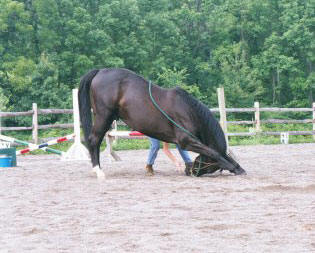
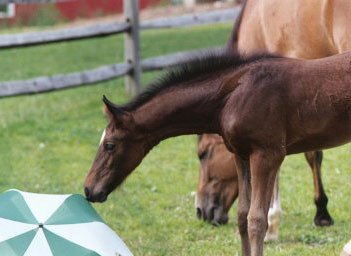
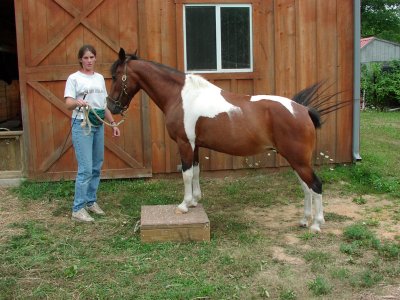
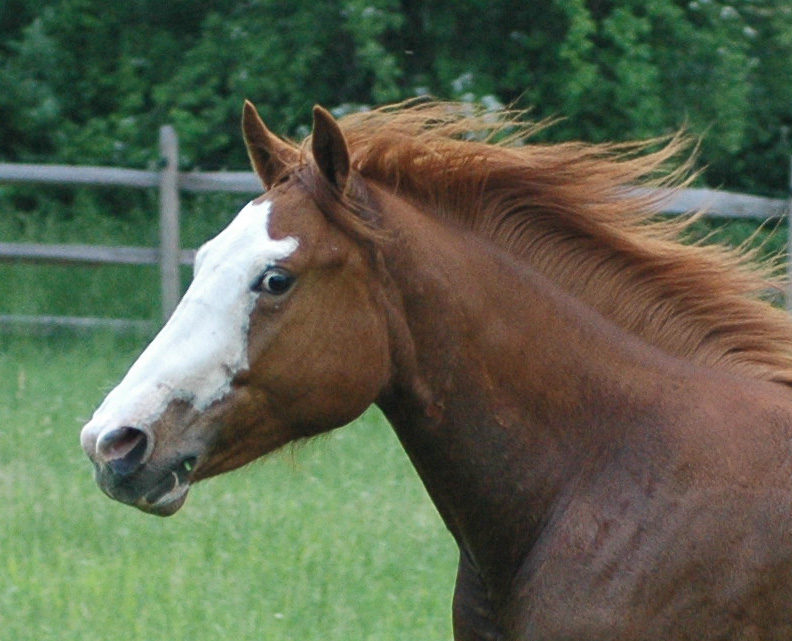
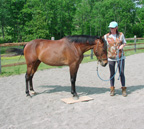
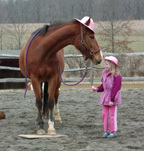
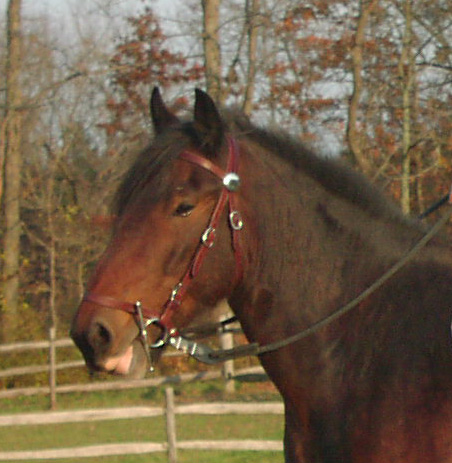
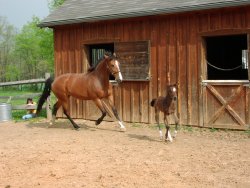 |
|
The Art and Science of Animal Training Conference (ORCA)
March 14, 2015
This article has moved and can now be accessed here. |